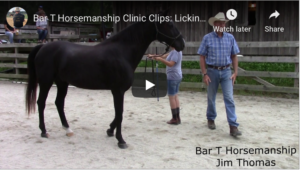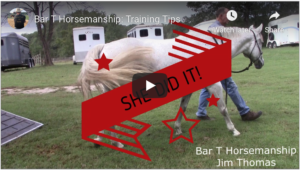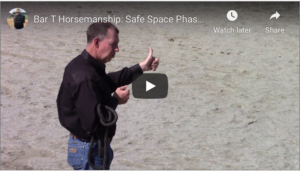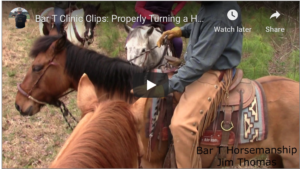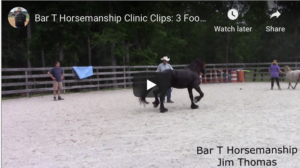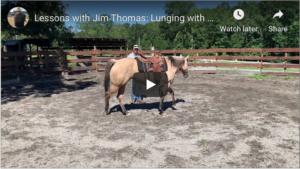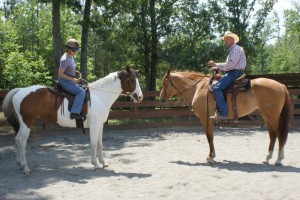Clinic Clips: Licking and Chewing
Many people know that when we are working with a horse that we look for the "lick and the chew" but what does it actually mean? Jim clarifies what it actually means when a horse licks or chews after an exercise. Watch the video to learn the real meaning of licking and chewing.

